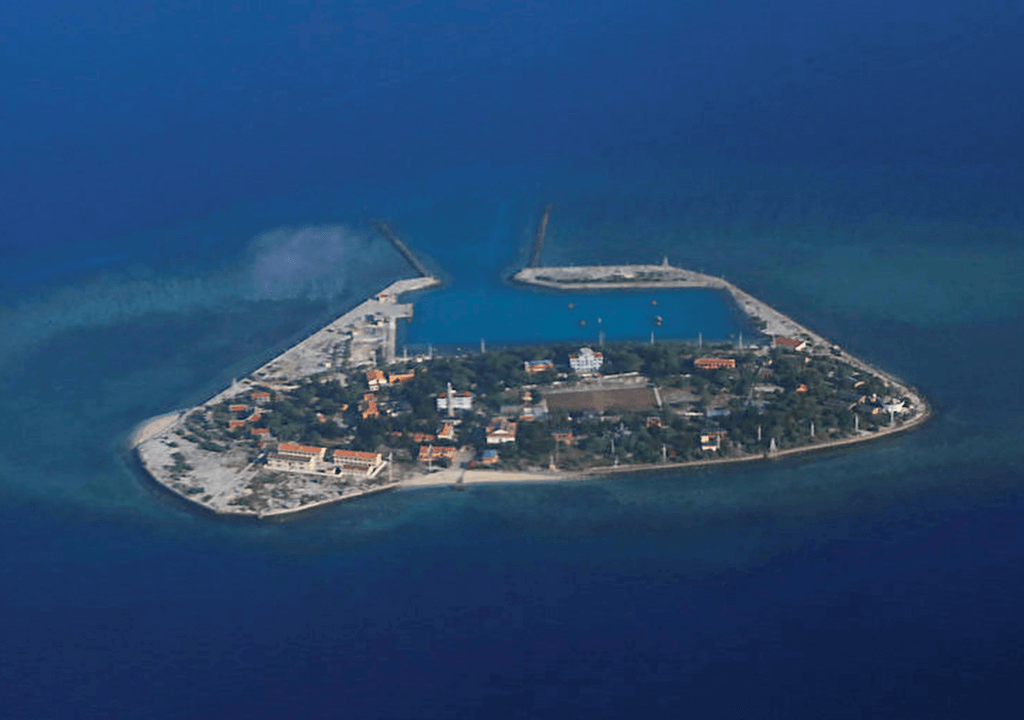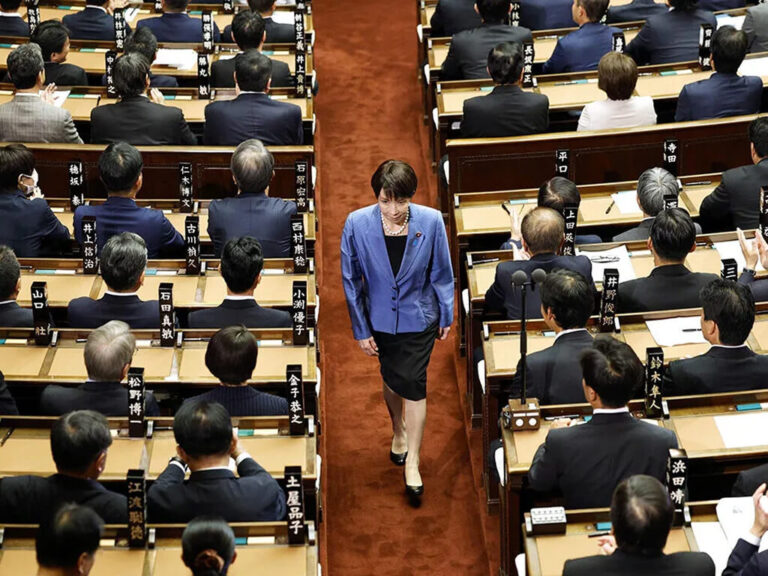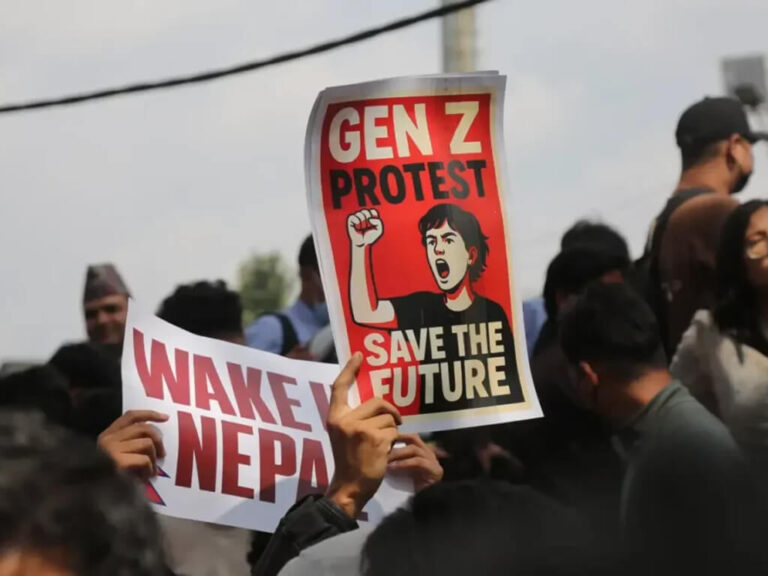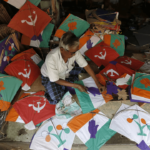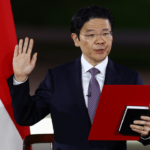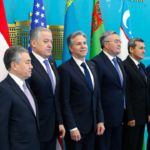The multi-party dispute in the South China Sea is escalating as more land reclamation projects are being carried out on the disputed islands. It’s not only China; other parties are involved as well. International media are mainly highlighting China’s actions, including their reclamation efforts and bullying tactics in the South China Sea, which serve their demand for complete control of the territory. Reports and maps show China’s major projects to turn rocks in international waters or disputed areas into artificial islands, converting them into military bases. This gives China an advantage, allowing them to claim more land and, through that, more sea. However, in reality, other parties interested in the region or sharing borders with the South China Sea are also making efforts to claim land using the same strategy. There are reports of Vietnam reclaiming land from the South China Sea, particularly around the Spratly Islands, which is causing serious tensions in the region.
According to a report by the South China Morning Post, Vietnam, which has a long shoreline along the South China Sea, has reclaimed more land in the South China Sea in the past three years. This action could complicate and expand disputes in the contested waters. The report highlighted increased construction on islands and reefs occupied by Vietnam, the Philippines, and Malaysia in the Nansha Islands, the name in which Beijing calls Spratly islands. The Beijing-based Grandview Institution stated that until 2019, the Vietnamese government had carried out only modest reclamation efforts on the 29 disputed islands and reefs it controlled in the Spratly Islands. However, Vietnam then embarked on major dredging and landfill work. Vietnam has carried out large-scale land expansion on several islands and reefs, adding 3 sq km of new land, far exceeding the total construction scale of the previous 40 years. Reports originating from Beijing allege that Vietnam has occupied a greater number of Chinese islands and reefs, stationed more troops, and erected more facilities than any other coastal state in the South China Sea. The report also noted that after 2021, following the initial COVID-19 lockdowns, Vietnam started using large cutter suction dredgers to reclaim land. These dredgers are specialized maritime vessels equipped with a rotating cutter designed to dredge rock, clay, silt, and sand. The Grandview Institution stated that the Vietnamese government had been extremely low-key and secretive about its island construction.
The Spratly Islands, the small archipelago in the South China Sea with more than 100 reefs, islets, and islands, are the focal point of rival claims between China and Vietnam. The South China Sea islands, called the Nanshas by Beijing and referred to as Quần đảo Trường Sa by Hanoi, hold strategic significance for both countries. These islands are also subject to disputes along the Vietnamese coast. Although these communist nations currently do not engage in direct confrontations like China and the Philippines, and Vietnam avoids close cooperation with the United States, neither China nor Vietnam is willing to relinquish their claims. Both nations employ the same strategy to support their claims: extensive land reclamation. Vietnam and China are just two of the various parties claiming parts of the resource-rich South China Sea, through which important sea routes connect East Asia to Europe. Both of them know that control over these islands offers strategic dominance in the region and that the archipelago offers rich fishing grounds and potentially significant oil and natural gas reserves. These resources are crucial to the claimants in their attempts to establish international boundaries. Some of the islands in the Spratly archipelago have civilian settlements, while fewer than 50 islands are entirely occupied and contain structures suitable for military purposes. These islands are under the control of China, Taiwan, the Philippines, Vietnam, and Malaysia, and all these nations make great efforts to secure control over their territory.
Morning Post’s report also referred to the Philippines’ increasing efforts to repair and reinforce a warship it grounded on the Second Thomas Shoal, another outcrop in the Spratlys. Coastguard vessels from China and the Philippines have clashed around the Scarborough Shoal, and tensions are brewing over Sabina Shoal. Philippines’ construction on its occupied features in the Spratlys was low-level and the defenses there were weak, so they were unlikely to pose a substantial threat to the military presence of other countries and the surrounding waters. These actions all serve to complicate and escalate the disputes, impacting peace and stability in the region. Some observers say the South China Sea presents an even greater risk of conflict than the Taiwan Strait, but many believe the water is not a priority of China as Taiwan. But everyone doing their own part makes the sea more heated.

